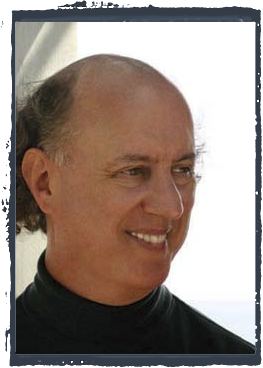Lessons with a Lady, continued…
There were fresh flowers in the studio—nasturtiums—and the windows were open a bit. The old lady asked, “Do you remember my question?”
I said, “Two ways to make soft playing reliable. I guess one is just to have enough strength in the muscles so they can stabilize adequately. But—”
“Very good,” she was saying. “But what?”
“But that feels like cheating. As an answer. Surely we automatically have enough strength. I mean, we’re talking about soft playing, so the stabilizing force is small.”
“Let’s come back to that. What is your other way?”
“It’s kind of theoretical. I mean, I don’t know if it’s a problem. It’s just to be sure we use the right amount of stabilizing for the dynamic level.”
“Yes! Yes! Yes!” she said enthusiastically, and gave me two nasturtiums. “That’s right. As we play more softly, our playing-force goes down and down.”
“Sure.”
“So we need also less stabilizing force.”
“Sure.”
“But many pianists let the stabilizing drop off too much as the dynamic moves down. You, my dear, are one such! You must learn to associate with each amount of playing force—each dynamic level—the right amount of stabilizing force. Too little and…?” The inquiring tilt of the head.
“Notes don’t sound, or they’re too weak. So that’s my problem?”
The nod. “Too much and…?”
“We waste energy.”
“Right. And we have excess tension.”
I said, “Practicing this week, I played soft two-hand chords and tried to use more stabilizing force. I just tried to think it; and it helped!”
“Good,” she said quietly; and I continued, “Then I got systematic: I played forte and noticed the stabilizing force that I used, then I told myself I was going to play forte again, but actually I played pianissimo, but still with the forte stabilizing force. So I thought I could work my way through all combinations.”
“How do you mean?”
“Oh, you know, notice the stabilizing when I play fortissimo, and apply it to mezzo-piano, say. Then notice it in forte, and apply that to mezzo-piano. Zero in on the right amount for mezzo-piano. And then do a series for piano, and for pianissimo.”
“Excellent. Have you thought of teaching?”
“Oh….”
“You have a taste for understanding, no?”
“I guess. Anyway, is it really that simple?” I asked. “Just relating stabilizing force to the dynamic level?”
She glanced at her watch. “Part of it is indeed that simple, though making the correct association habitual takes some work. The other part is what you mentioned earlier today: strengthening the muscles. For next time, please figure out a way to do this—with no pain or discomfort, mind you!”
Biking home, I noticed nasturtiums everywhere.
to be continued…
1929: For some years, the regular attendees at my informal sessions of music and talk at Caltech included a retired New Yorker who lived near campus. One day a research scientist played the Gershwin Préludes for us; and during the discussion, Saul suddenly spoke up. “He was a pain in the rear! If there was a piano in the room, he was playing it. You couldn’t hear yourself think, couldn’t carry on a conversation!” Bewildered, I asked whom he was talking about. “Gershwin!” he said. “Gershwin!” Had he known Gershwin, I asked. He replied, “I was at a party with him in New York in 1929. He was a pain in the rear!” The freshman sitting next to Saul was goggling at him. So were the rest of us.
